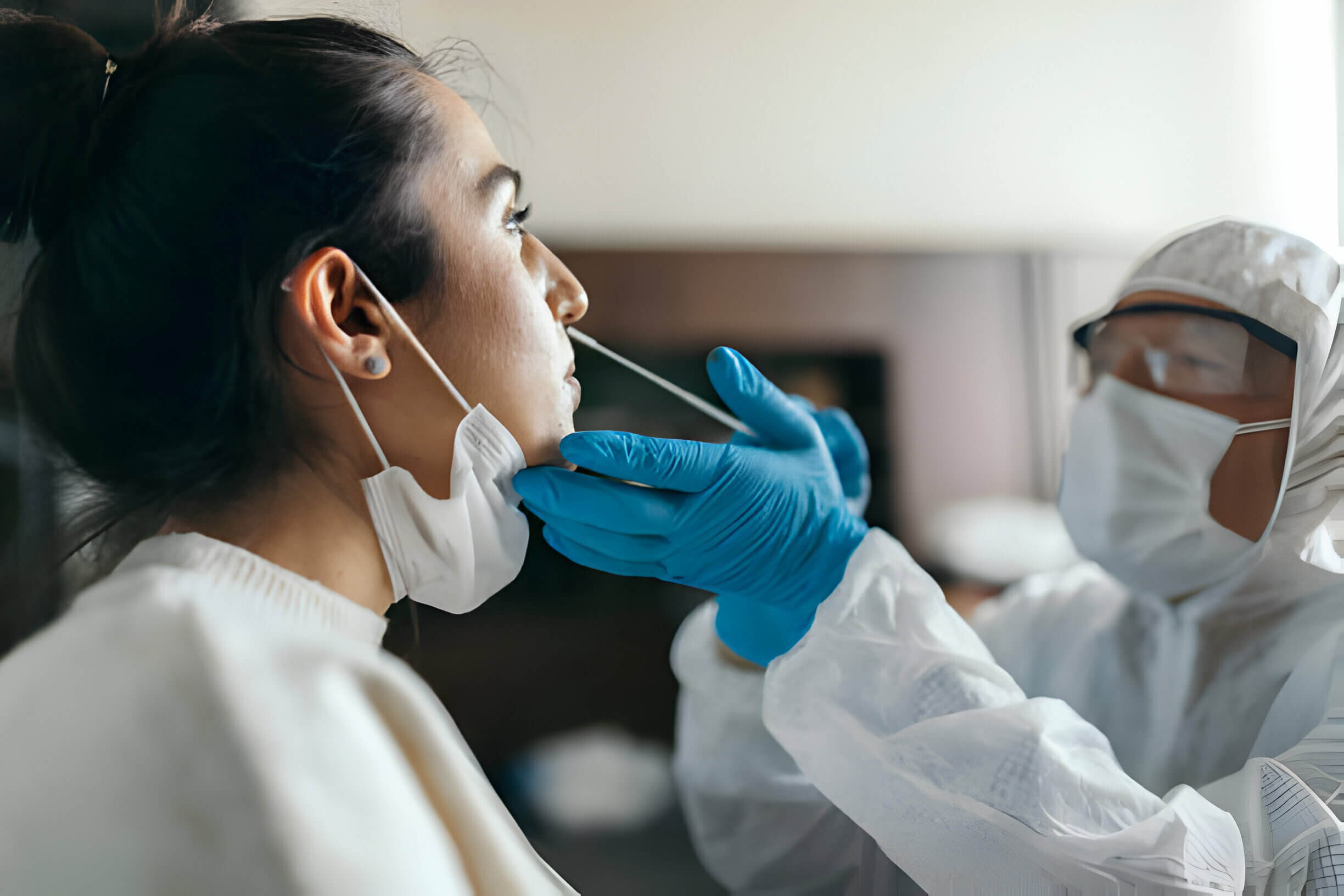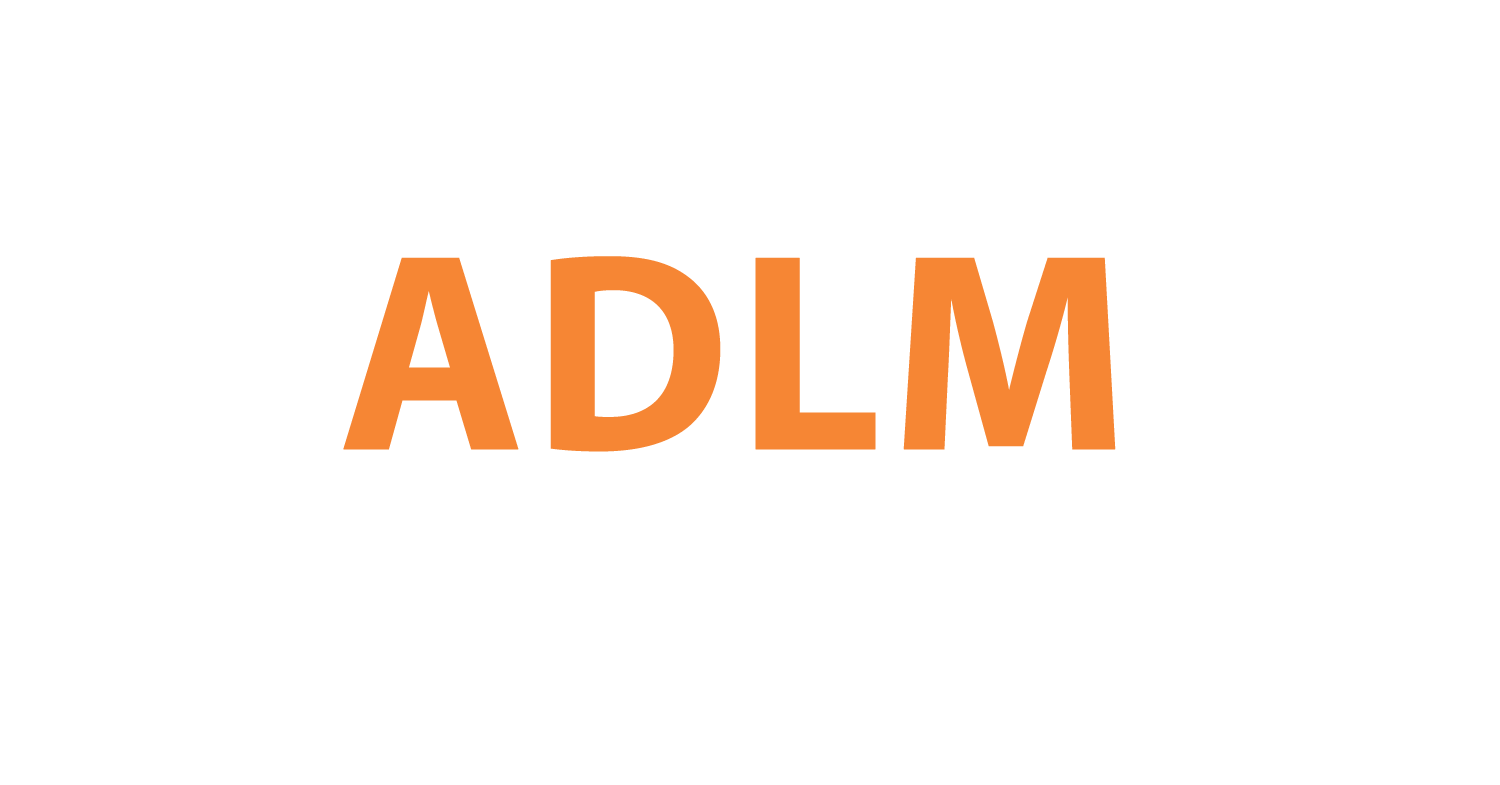How to Choose the Right Type of Sample Collection Swabs

Sample collection is the critical first step of any testing process. Swab quality directly impacts downstream test results, yet this aspect is often overlooked with minimal research dedicated to it. Most guidelines only provide broad requirements for sampling, some barely mentioning swab materials. As a meticulous testing professional, I was left wondering: Why are cotton swabs not recommended? How do different nylon swabs compare in performance? How should labs evaluate sampling swabs? Over several months, Mantacc designed experiments and tested swabs for two months, now sharing our findings for your consideration and support.
Relevant Standards on Sampling Swabs
China’s NHC Testing Guidelines simply require swabs with breakable shafts without detailing materials. Yet the 10-Target Nucleic Acid Testing Specification specifies non-cotton, non-calcium alginate materials with non-wooden handles, breakpoint 3cm from the tip.
US CDC guidelines also state to avoid wooden shafts that may contain PCR inhibitors.
Swab Materials
Common options include:
-
1. Cotton-tipped medical swabs – cheap and accessible but may inhibit PCR with non-breakable wooden handles.
-
2. Rayon swabs – polyester fiber wrapped around plastic/aluminum shafts, suitable for collecting virology specimens.
-
3. Flocked swabs – nylon fibers sprayed onto base, superior fluid absorption and release for respiratory virus sampling.
Evaluation Criteria
Lacking standard criteria, I assessed absorbency, virus release efficiency, and stability, but welcome feedback from experts for a more comprehensive approach. Proprietary details are withheld for confidentiality.
Absorbency
Higher absorbency improves sampling. Swabs were soaked in equal liquid volumes and weighed.
Results: Cotton > Flocked > Rayon
The larger cotton tips yield greater absorption. Assessing equal tip sizes would improve standardization given variable dimensions among manufacturers.
Virus Release Efficiency
Release efficiency indicates the swab’s ability to release captured virus for downstream detection. To reflect clinical diversity, I evaluated both wet and dry swabbing.
-
1) Wet Swab Release
Swabs were soaked in PBS with equal virus titers then transferred to fresh PBS, analyzing released virus by qPCR.
Results: Wet - Cotton slightly higher than flocked, both substantially higher than rayon.
Despite 1.5X absorption, similar virus release suggests flocked swabs perform better per absorbency unit.
-
2) Swab Release
Swabs were used to sample blood with equal virus levels. After drying, swabs were soaked in PBS and releases analyzed by qPCR.
Results: Dry – Flocked > Cotton > Rayon. 5min soaking greatly improves over 1min.
Flocked performed best when dried post-sampling before soaking to release virus, indicating sufficient soaking helps release virus from dried cotton swabs.
In summary, flocked nylon swabs demonstrate optimal virus release efficiency.
Virus Stability
Stability was assessed over time with/without transport media at different temperatures.
Results: Without media, flocked swabs best maintained virus integrity at 4°C. All swabs had degradation at 37°C but flocked showed least. With transport media, no degradation was observed at either temperature.
Discussion: Transport media effectively preserves virus on all swab materials. Without media, 4°C storage also maintains virus integrity. But at 37°C without protection, degradation occurs, least with flocked swabs.
Other Considerations
Further assessments should evaluate impacts from different viruses, sample types (sewage, food, feces, soil etc.), transport media brands, swab manufacturers etc.
Conclusions
Flocked nylon swabs demonstrate optimal virus release and stability. Further study is required to evaluate rayon swabs. Though highest in absorption, cotton released less virus than flocked swabs and showed greatest degradation at 37°C without transport media, potentially consistent with CDC cautions on PCR inhibition.
Testing comes down to details determining success or failure. While countless details can skew results, continual incremental improvement can bring us closer to the truth.
Click to View → Mantacc Flocked Nasopharyngeal Swabs









